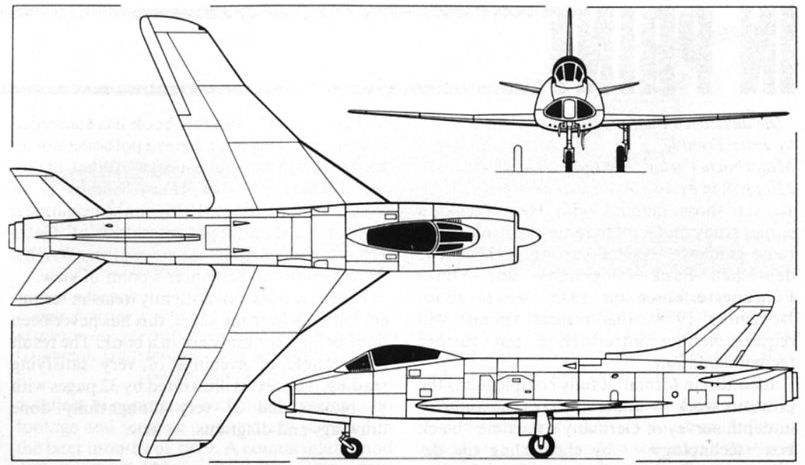Firepower is a rather complex question at the time.
Thanks for that, it was very interesting and sheds some light on what the realities were at the time. I was expecting that guns would be the main armament for a fighter at this time, but I hadn't realised quite how much early missiles demanded in terms of mass and volume.
IIRC the Aden gun pack allows for 150 rounds per gun, which doesn't seem like much. Especially if each gun has a rate of fire of 1500rpm! Is there any advantage to increasing the ammunition allocation, perhaps at the expense of 1 or 2 guns?
And Just Leo mentioned issues with gun gasses and shell ejection. I'm imagining a quad-Aden installation behind the pilot with the barrels under the cockpit to leave the nose free for radar. In a fairly big twin-engine fighter, something like the P.1129 above, that would still put the muzzles ahead of the intakes though. How big a problem was that?
